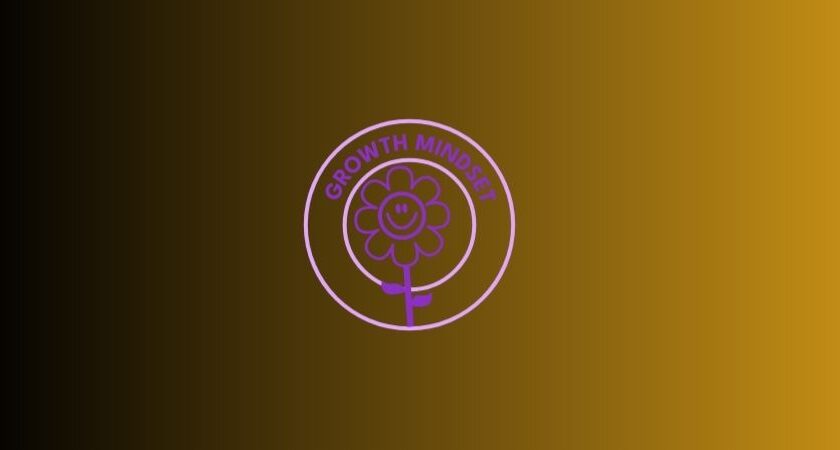In the ever-changing landscape of education, teachers play a crucial role in shaping the minds of young learners. Beyond imparting knowledge, fostering a growth mindset in the classroom can significantly impact students’ academic and personal growth.
A growth mindset refers to the belief that intelligence and abilities can be developed through dedication, effort, and perseverance. This mindset enables students to embrace challenges, learn from failures, and ultimately reach their full potential.
In this blog, we will explore essential strategies that teachers can employ to cultivate a growth mindset in their students and create a positive and enriching learning environment.
Model a Growth Mindset
One of the most effective ways to instill a growth mindset in students is through modeling. Teachers must exemplify the very qualities they wish to nurture in their students. Demonstrate enthusiasm for learning, embrace challenges openly, and showcase how to handle setbacks gracefully. By being open about your own learning journey, students can witness the value of continuous improvement and lifelong learning.
Encourage Effort and Persistence
Praise and recognition are powerful tools, but it is crucial to shift the focus from innate talents to effort and persistence. Instead of praising students for being smart, praise them for their hard work and dedication. Acknowledge their progress and improvement rather than solely focusing on the end result. This approach helps students understand that their efforts are valuable and contribute to their growth.
Create a Safe Learning Environment
A safe and supportive classroom environment is fundamental to cultivating a growth mindset. Encourage open discussions and emphasize that making mistakes is a natural part of the learning process. Show students that it is okay to ask questions, seek help, and take risks. Foster a sense of community where everyone’s ideas and contributions are respected and appreciated.
Teach Brain Plasticity
Introducing the concept of brain plasticity to students can be empowering. Explain that their brains are like muscles that grow stronger with use. Help them understand that challenges and learning new things create connections in the brain, making them smarter and more adaptable. This understanding can inspire students to embrace challenges with enthusiasm.
Provide Constructive Feedback
Feedback is essential for growth, but the way it is delivered matters significantly. Offer constructive feedback that highlights both strengths and areas for improvement. Avoid overly negative or critical remarks that can discourage students. Instead, focus on specific actions and efforts that can be improved upon. Encourage students to view feedback as an opportunity for growth and development.
Set Realistic Goals
Goal-setting is a vital aspect of cultivating a growth mindset. Teach students to set achievable, yet challenging goals. Break down larger goals into smaller, manageable tasks, and celebrate progress at each milestone. This process helps students build self-efficacy and realize that they can achieve success through incremental steps.
Foster a Love for Learning
Incorporate a diverse range of learning experiences and opportunities into the classroom. Encourage curiosity and exploration beyond the traditional curriculum. Provide hands-on activities, creative projects, and opportunities for self-directed learning. A love for learning will drive students to seek knowledge and embrace challenges willingly.
Emphasize the Power of “Yet”
The word “yet” can be a transformative addition to students’ vocabulary. Encourage them to use phrases like “I don’t understand this…yet” or “I can’t do this…yet.” This simple shift reframes challenges as temporary obstacles and reinforces the belief that they can improve with time and effort.
Celebrate Mistakes and Failures
Rather than fearing mistakes and failures, view them as valuable learning opportunities. Share stories of famous individuals who faced setbacks but persevered to achieve greatness. Normalize failure as a natural part of the learning process and show students that mistakes do not define their abilities.
Promote a Growth Mindset Culture
Involve parents, guardians, and the wider school community in promoting a growth mindset culture. Organize workshops and parent-teacher conferences to explain the concept and its benefits. Encourage parents to reinforce growth mindset principles at home and support their children in their academic journeys.
Conclusion
Cultivating a growth mindset in the classroom is a transformative endeavor that can significantly impact students’ lives. By implementing these strategies, teachers can inspire their students to embrace challenges, persist through difficulties, and realize their full potential.
A growth mindset nurtures a love for learning, fosters resilience, and sets students on a path of continuous improvement.
As educators, it is our responsibility to empower the next generation with the belief that they can achieve anything they set their minds to. Let us create classrooms that cultivate growth mindsets, preparing students to face the challenges of the future with confidence and determination.
